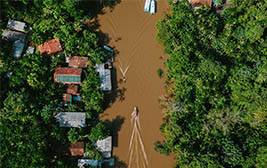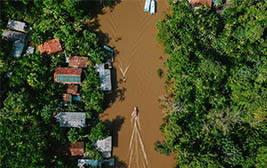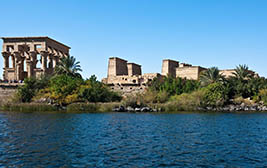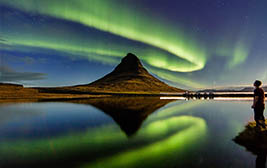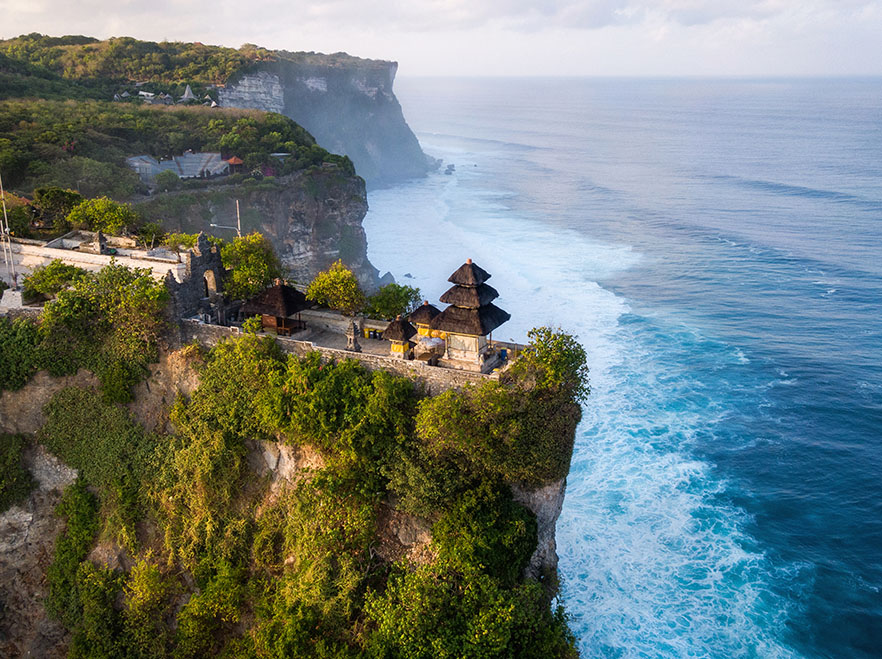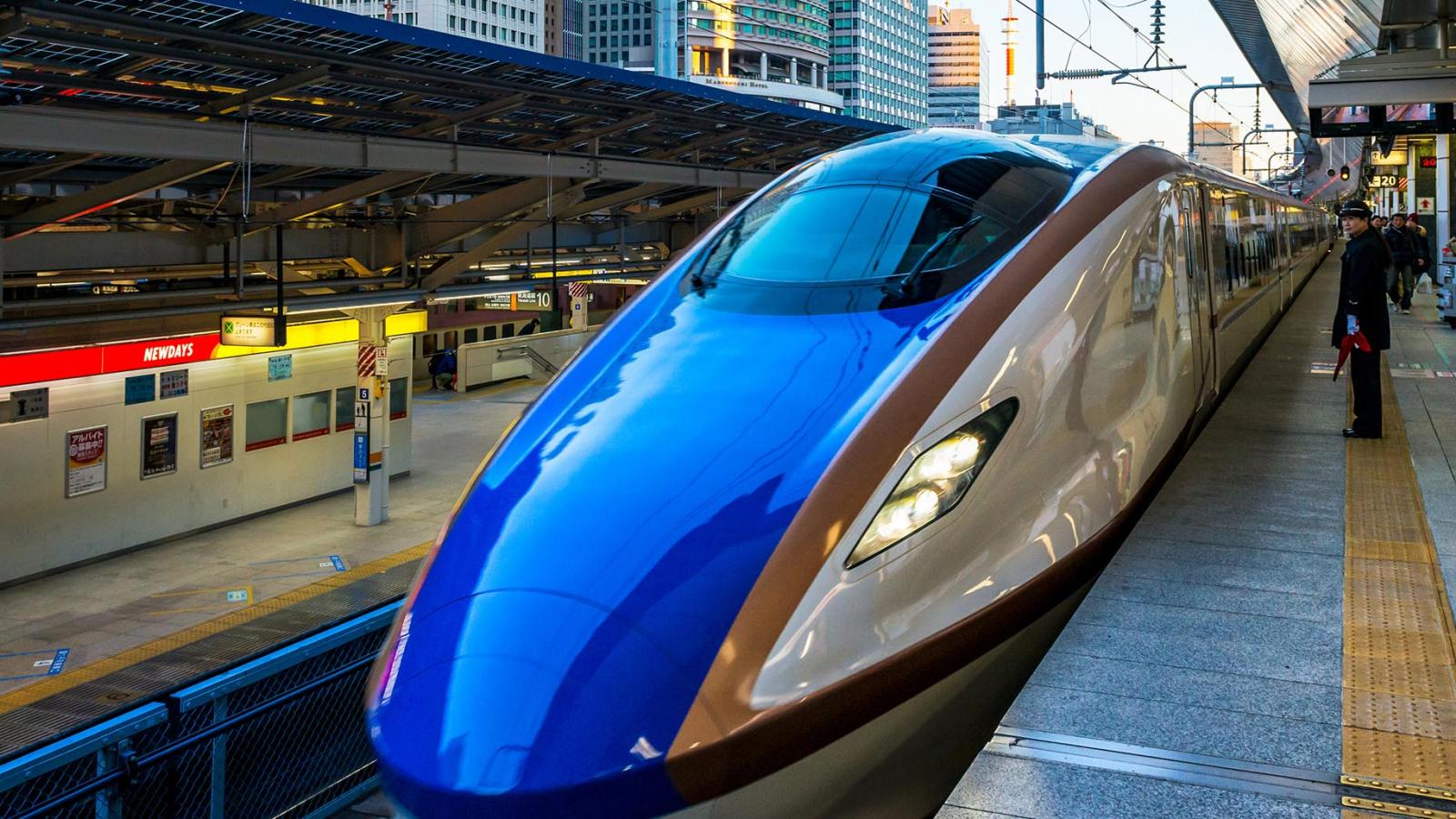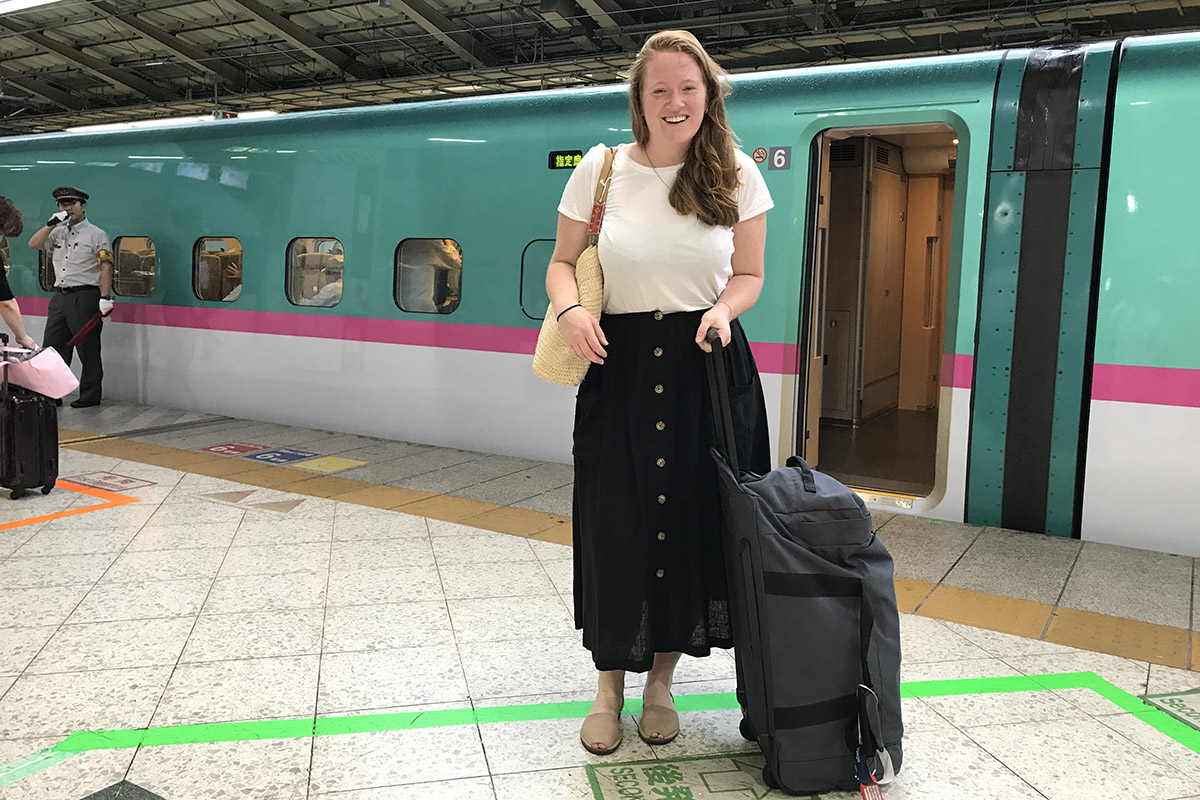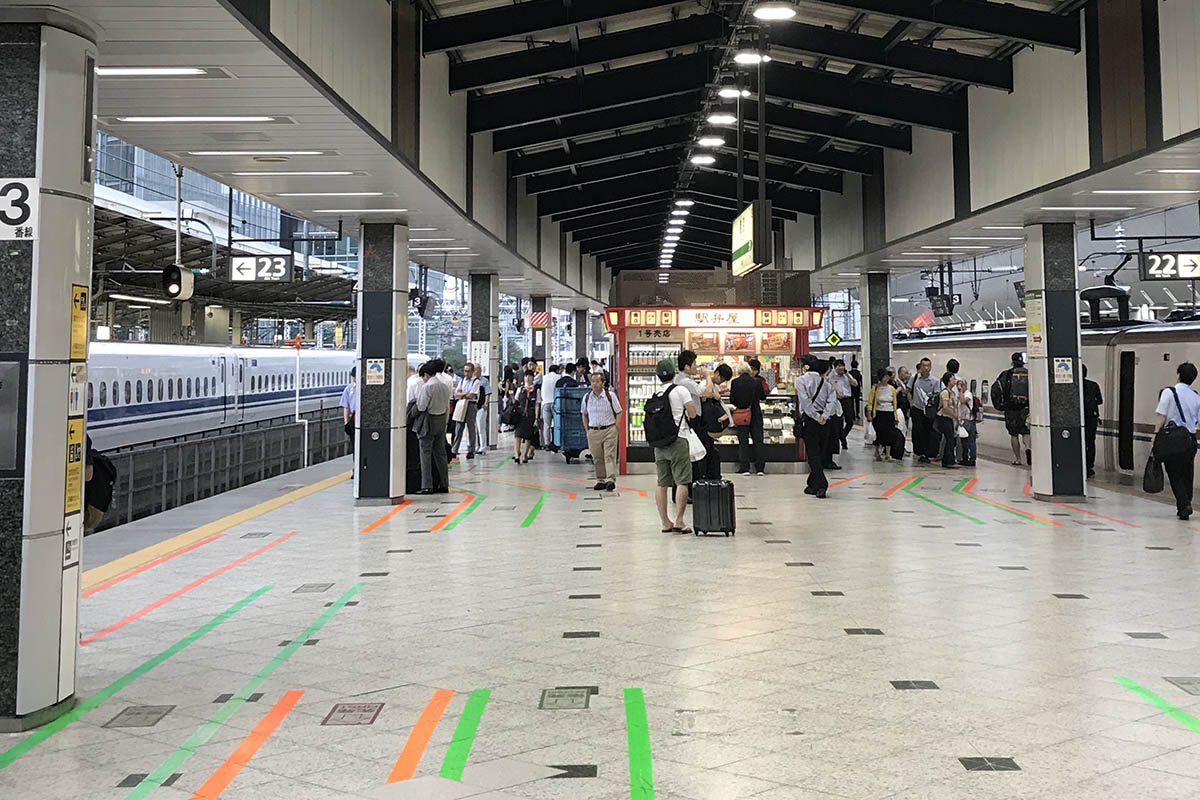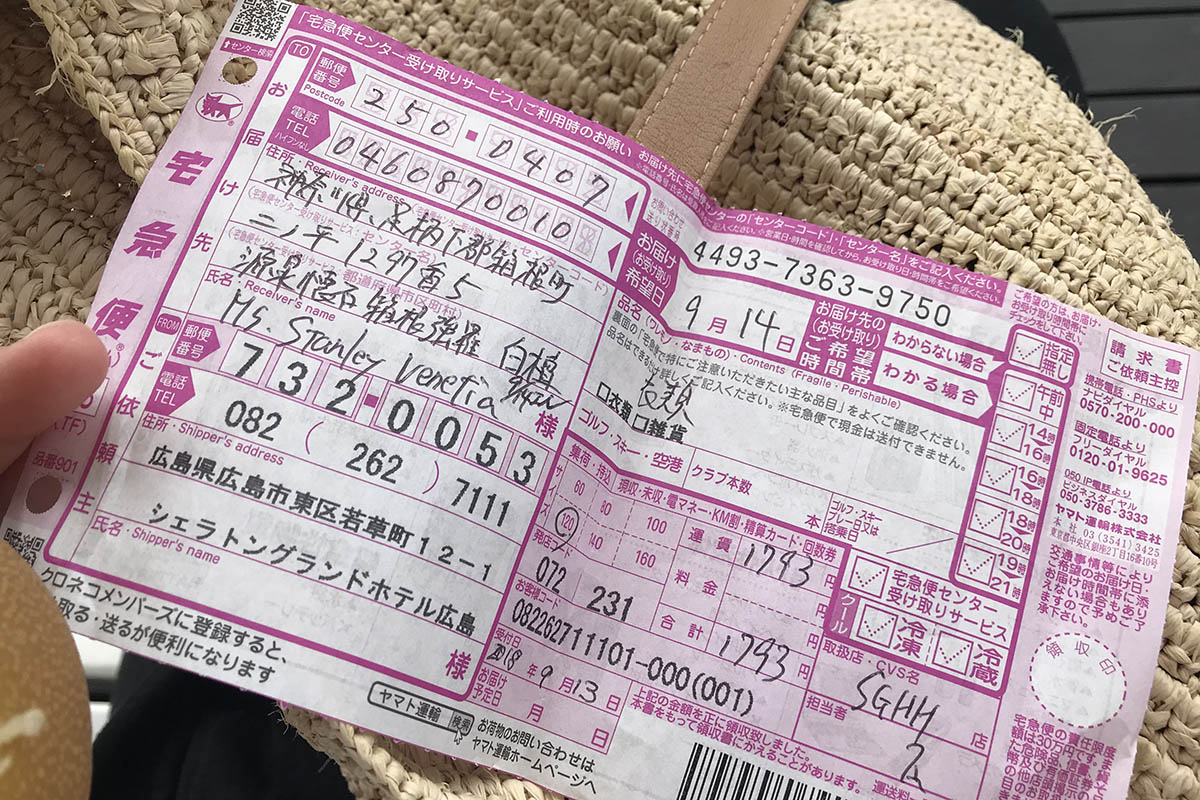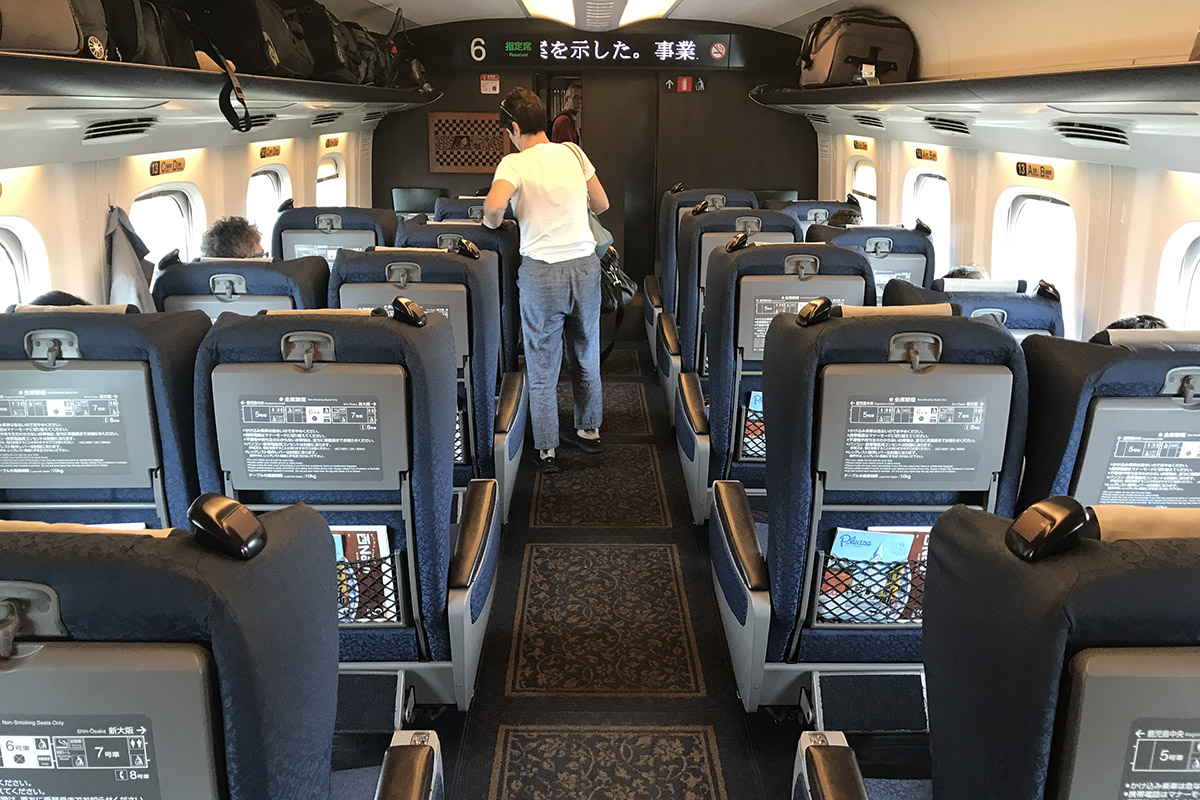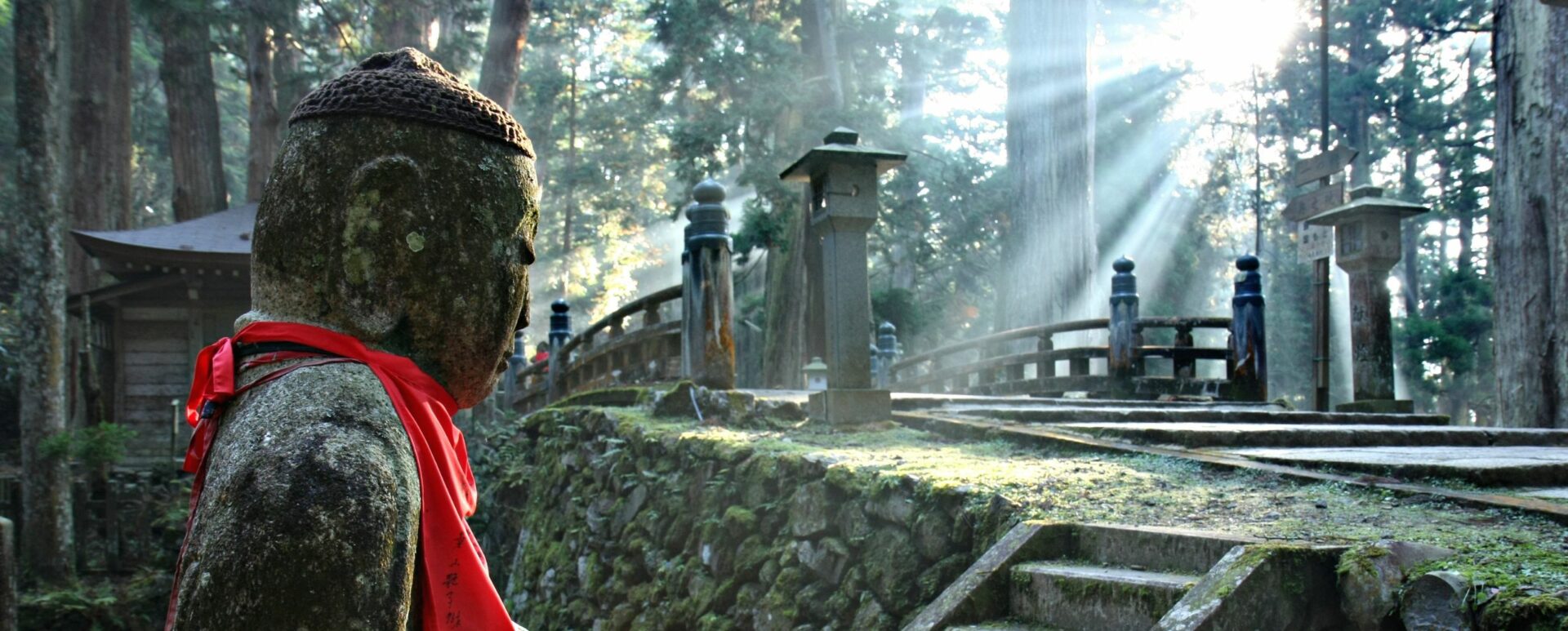Travelling with the bullet train in Japan is an experience in itself. Fifty-five years ago, Japan’s bullet train completed its first journey and was welcomed by hundreds of people who had waited overnight in the stations. The new high-speed line connected two massive economic hubs – Tokyo and Osaka – cutting the travel time between them from about seven hours to just under four. Since then, the Shinkansen, as it’s known in Japan, has transported more than 12 billion passengers, with a faultless record for safety and reliability.
In November 2017, the Japanese government even issued a national apology after a bullet train departed 20 seconds early. “We sincerely apologise for the inconvenience caused,” the rail company said. “The crew did not sufficiently check the departure time and performed the departure operation early.” They assured customers that staff had been given additional training to ensure it would not happen again.
After a couple of days in Tokyo, I was excited about beginning my Japanese rail adventure, exploring some far-flung corners of the island nation, all beautifully linked up by the world-renowned Shinkansen. I had heard tales of immaculately dressed ticket inspectors bowing upon entrance in each carriage, the freshest of bento boxes being delivered to your seat on request and catching a glimpse of Mount Fuji if you sit on the left side on the way from Yokohama to Tokyo. In reality, it is all of this and so much more.


